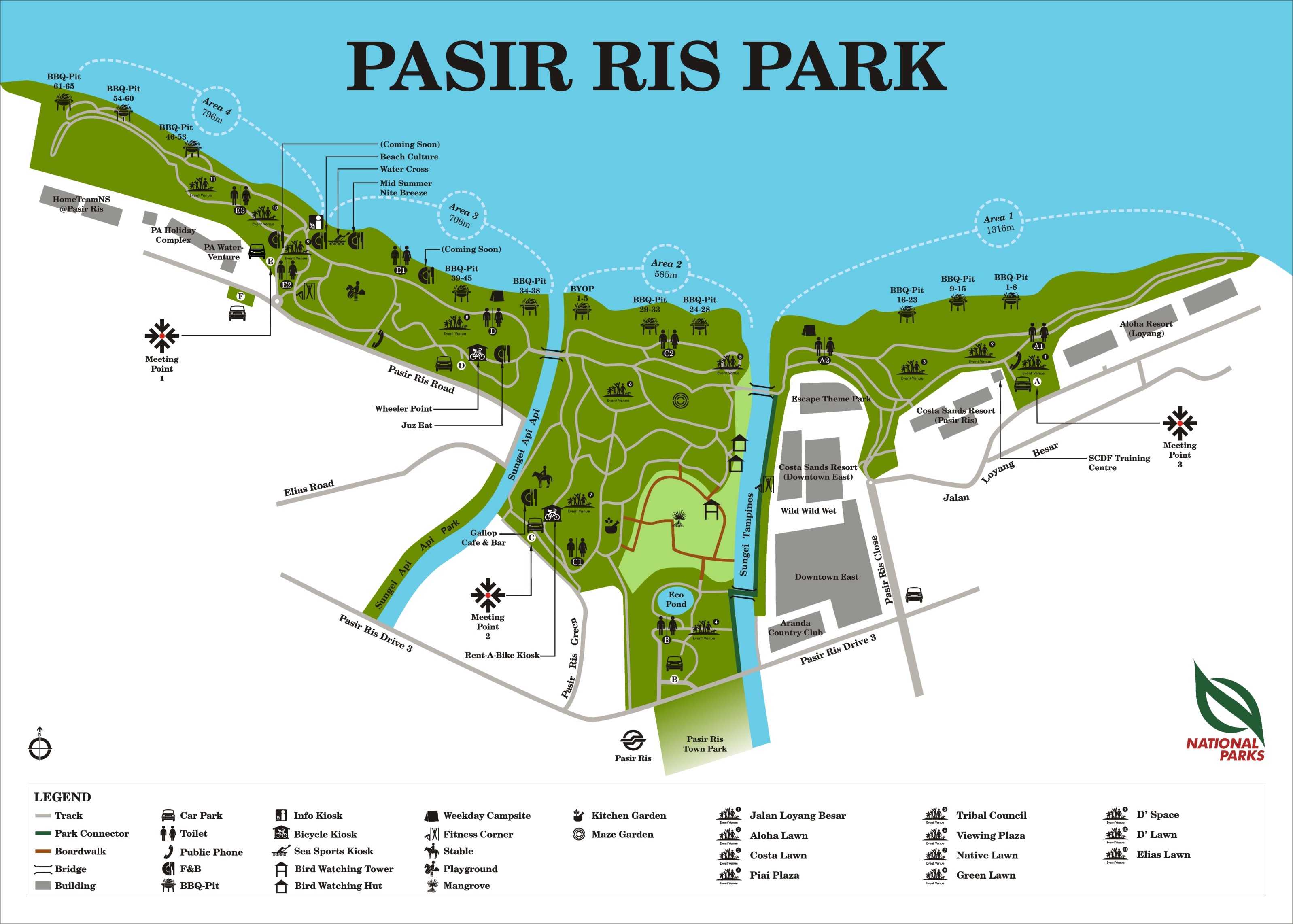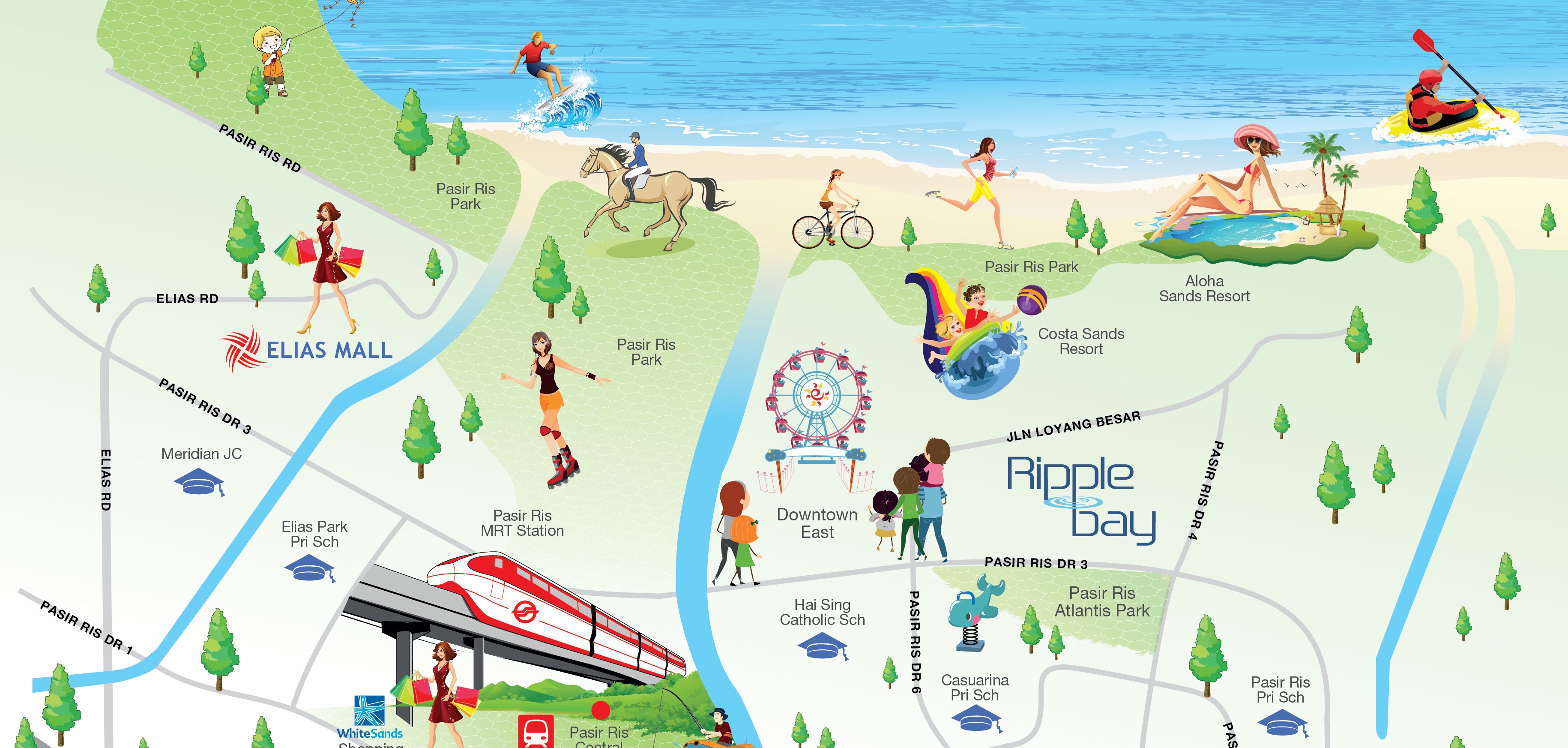Part 1: Write a response to one of the projects shown in class on “Interactive Environments & Experience Design.”
A Hole in Space
Head-to-toe, life-sized, television images of the people on the opposite coast appeared. They could now see, hear, and speak with each other as if encountering each other on the same sidewalk.
To think that this was the height of technology at a point in time. I thought the title of the project was relevant, given that this was the first time humans could “skip” so much distance to see one another, we created a loophole in space.
No signs, sponsor logos, or credits were posted—no explanation at all was offered.
I thought it was interesting how the people who created this project left nothing to explain the situation, it was testing the reactions of the people who passed by it. There was nothing to limit them in terms of how they can use this opportunity to see someone from miles away. Of course there was the chance of meeting someone they haven’t seen before, to strike a conversation and to establish a connection – reduced by hours, or there was the chance to meet someone who they haven’t seen in a long time. By 1980, the telephone has been around for sometime that people would have relatively easy access to it, but that was limiting the connection to purely a verbal one. This face to face virtual reality might be known as something “less intimate” than real life now, but back then it was definitely more intimate than a phone call.





